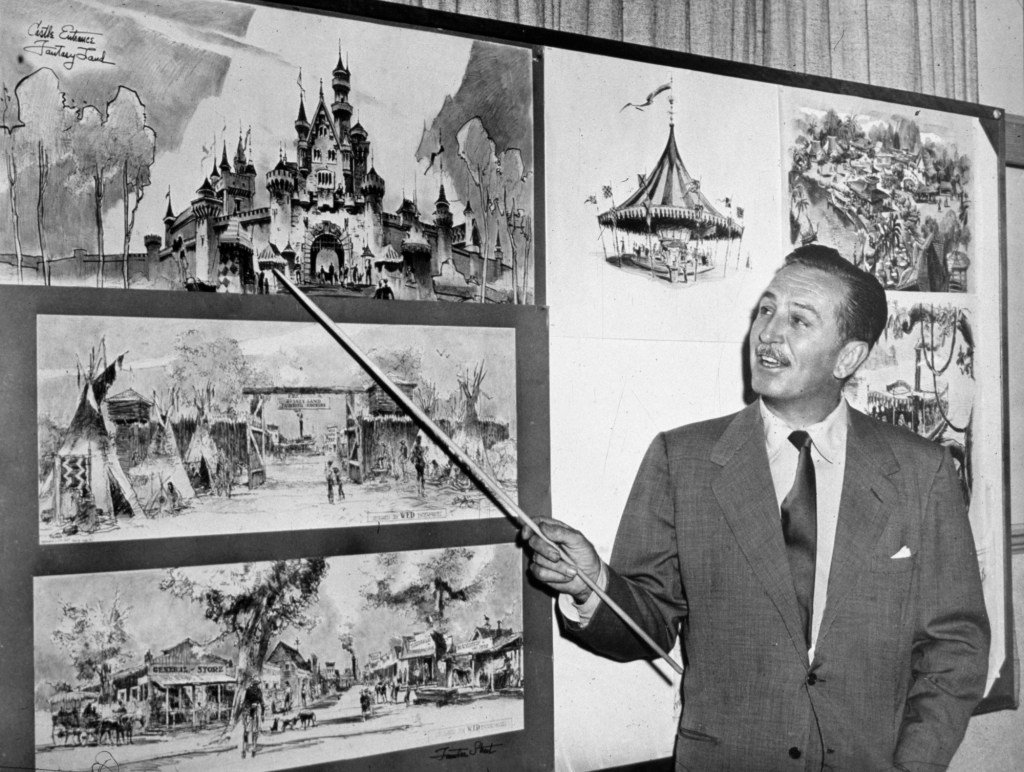The Enduring Connection Between Disneyland and Anaheim: A Transformative Partnership
Walt Disney’s vision for Disneyland faced significant skepticism from local leaders in Burbank, who openly rejected his proposal. The lackluster reception at a public meeting in September 1952, where concerns ranged from maintaining a dignified atmosphere to potential safety hazards, left Disney disheartened. Nevertheless, this setback did not deter him. Over the next two years, Disney shifted his focus to Anaheim, where city leaders showcased enthusiasm for his ambitious dream. This marked the beginning of a groundbreaking partnership that would shape both Disneyland and the city of Anaheim into cultural and economic powerhouses.
Disneyland opened its gates on July 17, 1955, within what was formerly agricultural land in Anaheim. Disney’s collaboration with local officials and businesses set a foundation for mutual success. Unlike Burbank, Anaheim leaders embraced the potential for economic growth that Disneyland promised. As tourism flourished, Anaheim experienced a massive transformation, evolving from a sleepy agricultural town into a vibrant tourist destination. The metamorphosis of Orange County into a hub for master-planned communities—such as Irvine and Mission Viejo—can be attributed to this partnership. Cities resembling Anaheim sprung up across the U.S. and even internationally, guided by Disney’s blueprint for community development.
Disneyland’s influence didn’t stop at real estate. The Walt Disney Company emerged as a dominant force in global entertainment, expanding beyond theme parks to include live-action films, television networks, and more. Today, Disney stands as a paradigm of the modern entertainment conglomerate, with a market capitalization of approximately $215 billion. The company’s intertwining relationship with local governance in Anaheim has, however, attracted its share of criticism, with accusations of corporate overreach and undue political influence. Critics argue that Disney’s success has sometimes overshadowed community needs, sparking debates about the role of corporate interests in municipal decision-making.
Over the decades, the relationship between Anaheim and Disney evolved, oscillating between admiration and resentment. Local government relied heavily on the tax revenue generated by Disneyland to fund critical public services, including schools, parks, and infrastructure. For instance, hotel tax revenue soared from around $45 million in the late 1990s to nearly $240 million recently, demonstrating Disneyland’s significant economic footprint. The financial dependence on Disney has led some residents to feel that Anaheim operates as a “vassal state,” while others argue that both parties have benefited from this arrangement.
The long-awaited expansion efforts culminated in the opening of Disney California Adventure in 2001, which solidified Disney’s stature as Anaheim’s largest employer and further integrated the city into the broader resort concept. Although the deal under which Disney secured the property drew scrutiny—due to low rental agreements and revenue-sharing arrangements—it also provided the city with a hefty influx of tax revenue. As Anaheim contended with urban blight in nearby areas, this transformation initiated a renaissance for the city, rejuvenating not just Disneyland, but the surrounding urban landscape as well.
Recently, the approval of DisneylandForward signifies that this partnership will continue to evolve. The initiative allows Disney to develop additional experiences and amenities in Anaheim, reviving interest in the city as both a tourist hub and a thriving community. Local business owners and residents anticipate a brighter economic future, driven by Disney’s ongoing investments. As perspectives shift towards collaboration rather than competition, Anaheim is poised to benefit from Disney’s innovative attractions and economic strategies for decades to come.
In conclusion, the partnership between Disneyland and Anaheim has been more than transactional; it has been transformational. While challenges have surfaced along the way, the relationship’s overarching ethos reflects a shared vision for growth and prosperity. As both Disneyland and Anaheim continue adapting to meet the demands of modern tourism and urban living, their collective journey serves as a testament to the potential of collaborative efforts and visionary leadership in achieving remarkable outcomes. The future seems bright for this enduring alliance, promising to cultivate even greater attractions and community benefits in the years ahead.









